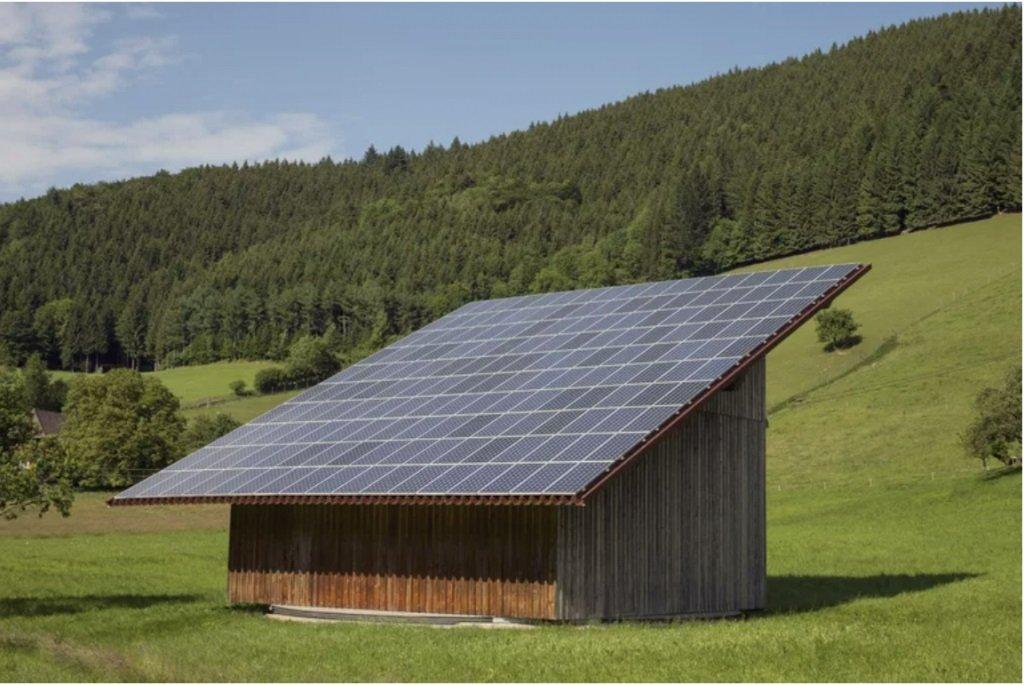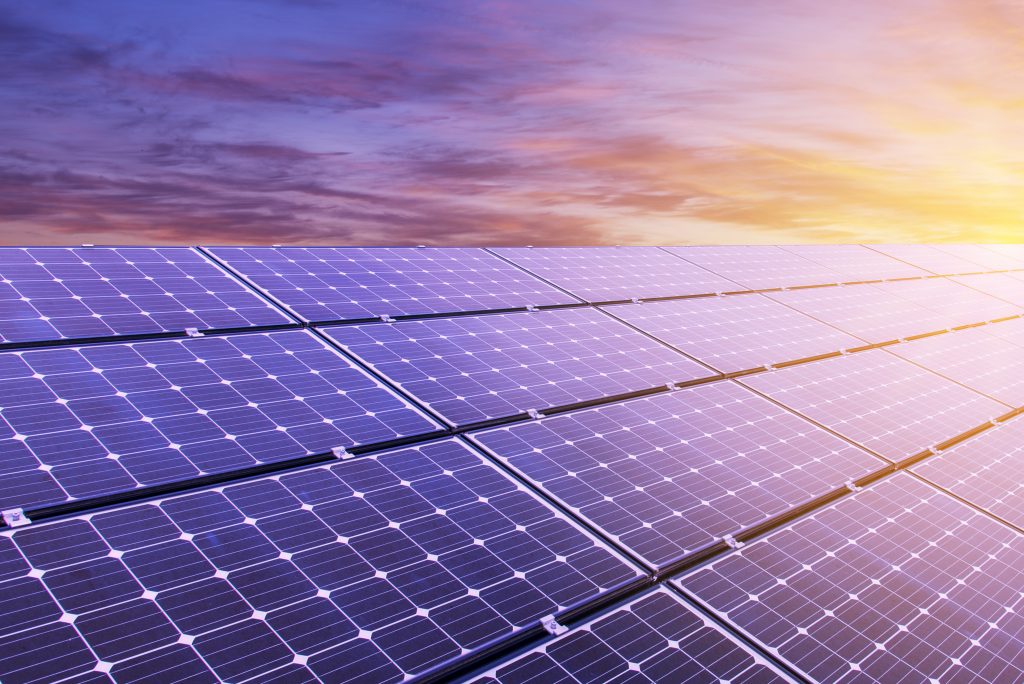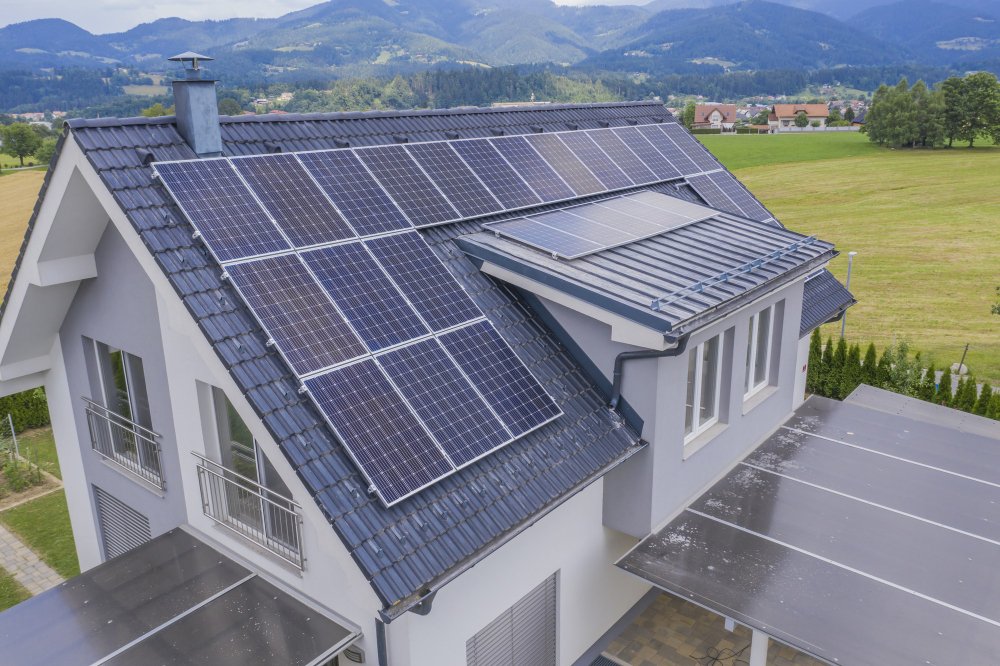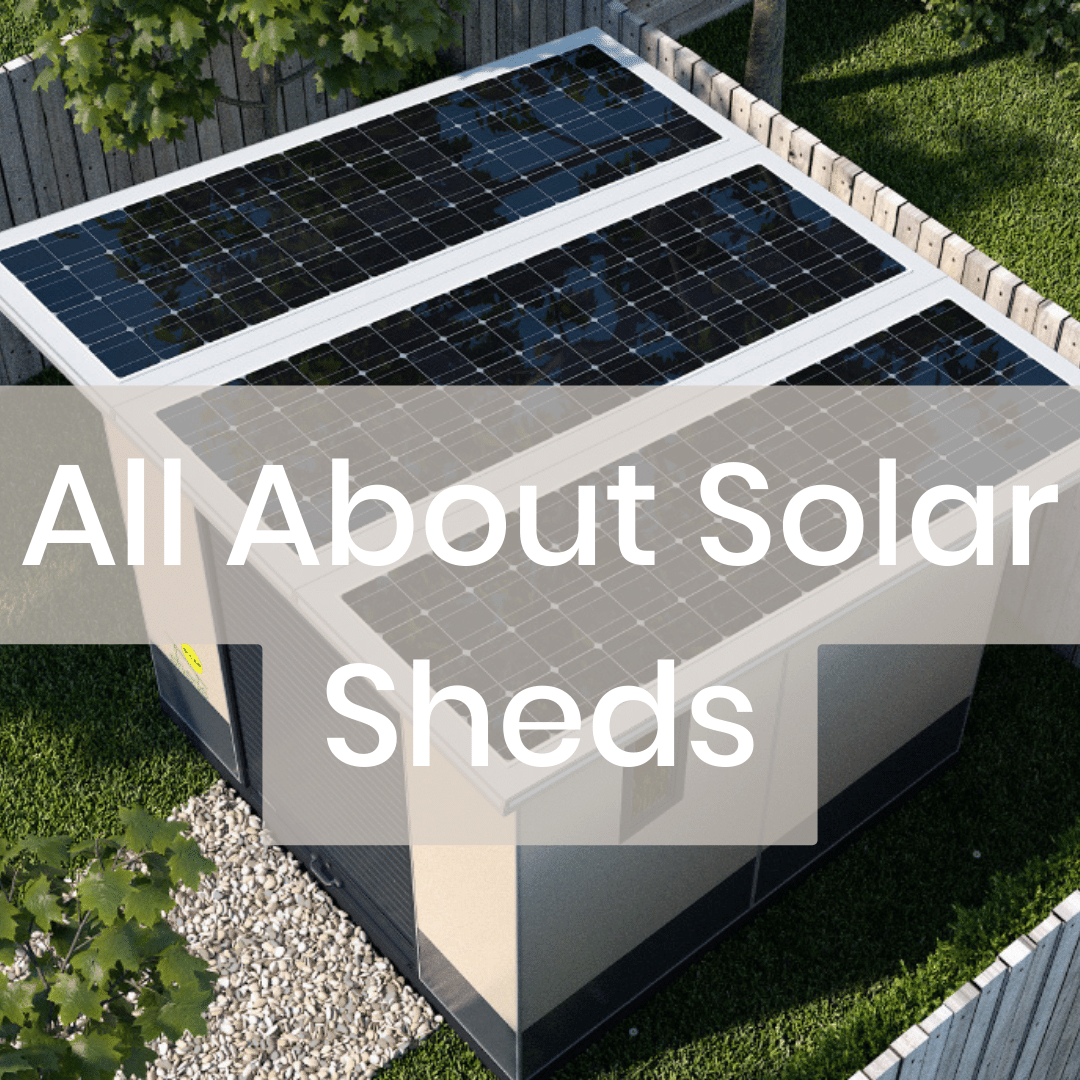Have you ever considered the possibility of installing solar panels on the top of your storage shed? The sheds of many homeowners serve several purposes, such as spaces for storage, greenhouses, and in some instances, even as workstations.

There are various reasons why homeowners would not want solar panels installed on the roof of their houses, including cost, aesthetics, and safety concerns.
Why Are Solar Sheds a Great Idea?
Installing solar panels on the roof of one’s home is typically considered one of the initial steps in converting to solar energy, a renewable source of electricity. Homeowners interested in switching to solar kits[1] typically take this step as the first. On the top of a house you can install an adequate number of solar panels in a small space on the top of the house. This is because these solar panels require less room than traditional photovoltaic cells.
Installing solar panels on your roof has several benefits. The most important is the decrease in your energy bill. Solar rates for rooftop installations are 17 percent and 27 percent cheaper than solar tariffs for industrial and commercial rooftop installations.
In addition to its use in electricity production, solar power has a wide range of potential uses. It can heat water and provide a building with hot water or air. It is also used to electric power generators.
Two Types of Solar Sheds
#1 Solar Lighting Panels

It is one of the simplest and most cost-effective choices for you. These are fitted with solar panels, and wires connected to the building’s electrical system provide electricity for lighting inside and outdoors. They typically come with a good battery configuration, enabling sufficient power storage throughout the day.
You will have plenty of light inside your shed even when it is dark outside. This is one such advantage of solar kits, making them increasingly popular.
#2 Solar Roof Panels

The second solar energy system works more analogously to the panels seen on residential rooftops. It requires the installation of solar panels on the roof of your average-sized shed, as well as a conduit leading to an inverter, electrical outlets, and power for lighting.
Additionally, this calls for installing electrical wiring for the entire system. These will also need a battery system for you to be able to collect all of that solar power during the sunnier hours of the day, which is when you will most likely want more energy for lighting and warmth. These are going to need to be acquired on their own independently.
What are the Benefits of Using a Solar Shed?
Whether you use it as a home office, a gym, or simply a place to keep your possessions, the shed in your backyard may be outfitted with solar panels so that you can use the sun’s energy.
This can be accomplished regardless of how the shed is used. You may convert the sun’s energy into usable power by installing solar panels on your shed. Here are some of the main benefits
#1 Cost Savings
Solar energy frequently leads to greater financial returns and lower expenditures on monthly power bills. Anyone interested in minimizing their recurrent expenses for utilities while simultaneously making a long-term investment with a low amount of risk may profit from installing solar power.
In addition, installing these technologies will result in continuous cost savings for decades to come. By drawing less power from the grid, annual energy bills may be lowered, which supports the smaller systems ultimately paying for themselves.
#2 Impact On The Environment
Solar energy is the kind of energy that has the most negligible negative impact on the environment compared to other sorts of energy sources. It does not add to the generation of greenhouse gasses, and it does not add to the contamination of water sources.
Compared to other kinds of power plants, such as nuclear power plants, which need twenty times as much water for their maintenance, this particular form of the power plant has a comparatively low demand for the quantity of water required.
Given that many solar panel installations, such as residential solar panels, are situated in urban areas, solar energy production does not produce any noise is a considerable benefit.
#3 Low Maintenance
Solar panels need relatively little maintenance after their initial installation has been completed. Solar panels are not necessarily required, even though many people opt to have theirs cleaned once a year.
This is because contemporary technology guarantees that solar panels are built to be resistant to dirt and various environmental variables. It is not difficult to set them up, and once they are operational, you can relax and let them do their work of producing power.
#4 Improves Grid Security
The system’s probability of a power outage will decrease according to the number of power plants dispersed around the country. A power system that derives a significant portion of its energy from the sun would have thousands of energy production centers distributed throughout the grid at various points.
This makes the grid more secure in an overload, whether that overflow is caused by natural disasters or by people. In any case, the origin of the overflow might be an issue.
Why Should You Consider Installing Solar Panels on Your Shed?
Installing solar panels on the roof of your shed can seem like an unnecessary expense at first. Still, when you consider the unpredictability of the weather and the fluctuation in the cost of electricity, you’ll see that it’s a wise investment. To reduce the amount of money spent on monthly electricity bills, you may choose to power your shed with the energy generated on your land and feed any excess power back into the grid. This option is available to you.
If your shed is a farm shed and is situated close to your home, you may also choose to power your house with the solar energy produced on the shed’s roof. This option is available to you if both of these conditions are met. You will have more independence from the vagaries of fluctuating electricity prices, and you will have some protection against price fluctuations due to this.
You will need to consider the following elements and include them in constructing the shed if you want to incorporate a solar panel array into the design of your brand-new storage shed. First, the added weight will be placed on top of the shed since the solar panels will be installed.
When planning the layout of your shed, it is essential to consider the weight of the panels. This will allow you to ensure that the structure will not be put under an abnormal amount of stress due to the discussions. This is essential when planning the construction of a very large array of solar panels.
A wide variety of solar kits are available to purchase, and the vast majority of them provide satisfactory performance—at least for a limited amount of time.
On the other hand, low-quality solar kits often become inoperable after around one year. Before making a purchase, it is essential to double-check the terms of the manufacturer’s warranty and the replacement policy. Additionally, you should go online for reviews made by customers who have had the product for an extended time.
Solar Shed Considerations
#1 Additional Weight
The additional weight placed on your roof due to the installation of solar panels is comparable to the importance placed there due to the structure of an additional layer of shingles on a typical asphalt roof.
In other words, the weight placed there will increase significantly. It makes the rooftop worth putting solar panels on.
#2 Installation
Installers of conventional rooftop solar systems often do an engineering inspection of the top before commencing the installation process. This helps them determine whether or not the rooftop is worth putting solar panels on.
This is done to establish whether or not the homeowner’s roof is structurally sound and capable of taking the increased weight that the solar equipment would cause. If it is, then the homeowner may proceed with installing the solar equipment.
It is usually possible to install an enormous solar panel array on the roof of a shed than it is possible to do on the rooftop of your house. This is because the roof of a shed typically has a significant amount of space and is free from impediments.
#3 Required Space
You will be able to make the most of the space you have available in your shed if you give some forethought to the layout of your shed before you start putting things in it.
A sturdy metal frame supports the solar panel. You can use either position on the ground or the roof of your shed to ensure that the panel receives the most amount of sunlight exposure possible.
#4 Direction And Orientation Of The Roof
Solar power generation is most efficient when carried out on a shed roof oriented in a southerly direction; however, installations on roofs introduced in an eastern or western direction may still be advantageous in certain circumstances.
One of your key priorities should be to ensure that your shed’s roof is never in the shadow, and this is the case regardless of which way your storage sheds face. Suppose your shed is located on the edge of the property, obscured by tree branches or shaded by buildings.
In that case, you should probably consider placing your solar panels in a different location on your property. If you do this, you can maximize the amount of sunlight that hits your panels.
#5 Landscape
Suppose there are large trees near the storage shed or other buildings. In that case, there is a possibility that the efficiency of your solar panels may be impacted negatively.
You will likely need micro-inverters for each solar panel to produce power on its own if there are obstacles in the way that partly shade your shed roof. These obstacles might include things like trees or buildings. As a direct consequence of this development, the cost of installing solar panels will inevitably arise.
#6 Pitch Of The Roof
The pitch of the shed roof has to be altered for it to be suitable for your location, and it also needs to be altered for your solar panels to perform as well as they possibly can under the circumstances.
Some people decide to put solar panels on their houses by using a single-slope roof that permits the maximum number of panels to be mounted on the roof and enables them to face the sun in the most beneficial direction.
#7 Sunlight Hours
If the amount of electricity needed to run your shed is 3,000 watts, a solar panel with a capacity of 250 watts may be able to offer up to 1,500 watts if there are six hours of sunshine each day. Your total has now reached 3,000 with the addition of a second panel.
On the other hand, this is predicated on the premise that the panels receive 250 watts of electricity every few hours, which is extremely unlikely to occur unless the weather is clear and bright on the day in question.
Is a Solar Shed the Solution to All of Your Problems?
If you want to supply energy for your shed or if you are building a new shed that you can build to be solar-ready, installing solar panels on your shed is absolutely something that you should investigate if you have the option to do so, whether you just want to supply energy for your shed or if you are building a new shed that you can build to be solar-ready. If you’re going to get the most out of the money you save by switching to solar power, you should install a complete system to fulfill your family’s needs for electrical power-related equipment.
Only then will you be able to optimize the amount of money you save. Performing this task with a small existing shed may not be possible due to the limited shed roof space available; however, you may always examine more typical rooftop installations, ground mounts, or carport alternatives.
If your goal is to either decrease your overall energy consumption or add more power to a solar array that is already installed on the shed roof space of your house, installing solar panels in a shed that isn’t large enough to store enough solar panels to power your entire property may still be an excellent alternative to consider.
Conclusion
The installation of solar panels on your shed is an appealing idea for many reasons, one of which is that they benefit the environment and create economic benefits. This is just one of the many reasons this is such an appealing notion.
Having some power source installed in your shed will make it much simpler for you to spend time inside the building when it is dark outside and utilize the space for whatever you need while you are there.
If, on the other hand, you equip your shed with solar panels, you won’t have to worry about unsightly cables running across your yard from your house or the closest utility pole to get the power tools that you require.
In addition, you won’t have to dig a hole in your grass to get the power. Instead, you will be able to get the necessary power without having to accomplish any of those things, saving you time and effort.

